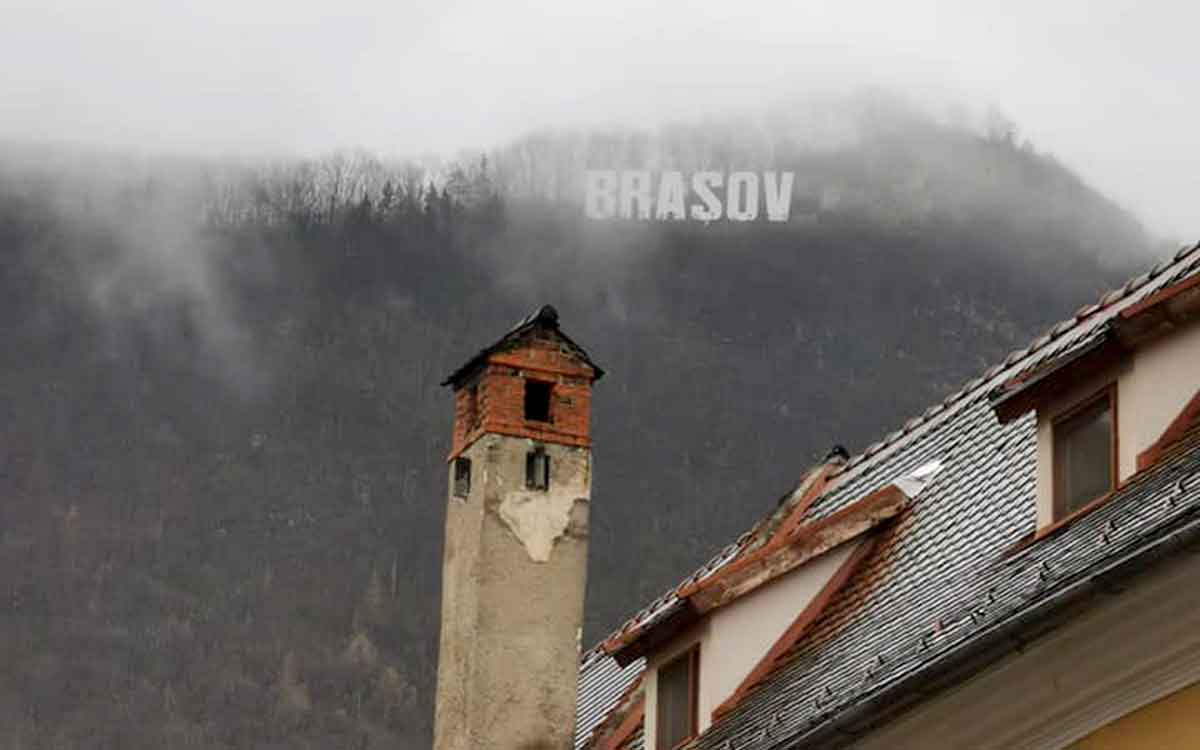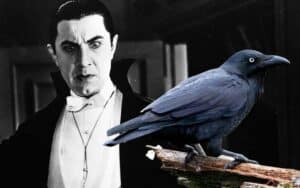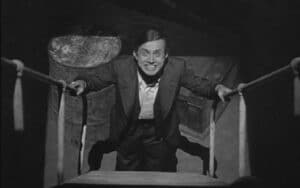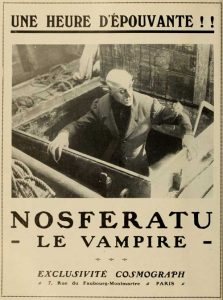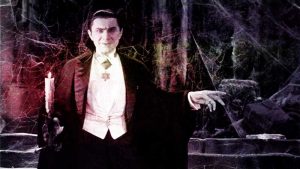Dracula fan JOEL HEYES grabs his travel guide and heads off to visit the Jonathan Harker sites mentioned in Bram Stoker’s Dracula novel
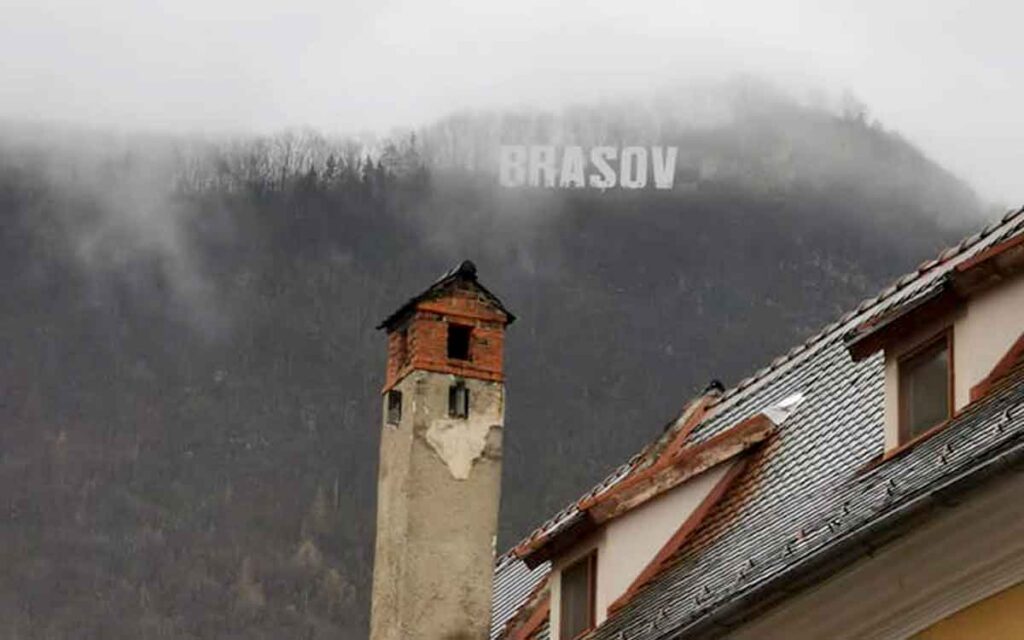
One of the remarkable things about Bram Stoker’s ‘Dracula’ is that, for a book which for the most part is an extended travelogue and which was itself inspired by the extensive travel writing of the mid-1800s, the author had not travelled through most of the locations he was describing.
Those initial chapters of Jonathan Harker’s journey to Castle Dracula, probably the most vividly expressed sojourn in gothic fiction, was written not from first-hand experience but was based on extensive research from secondary sources.
Although Stoker had travelled further than is generally accepted (including to the United States and as far east as Vienna), at no point did he travel to Hungary or to any part of modern Romania. So how does that journey as described by Jonathan Harker feel today?
Armed with a copy of the book, and a folder of logistics, I set off to find out.
Jonathan Harker’s journey from Budapest
Arriving in Budapest from Manchester back in March, it was already dark before I arrived at my hotel – one of the seediest and more ‘functional’ bargain stopovers in the city.
Budapest has an eerie atmosphere of its own, and any traveller could base an entire gothic odyssey around exploring it, but for me this was just the beginning of my travels.
After spending the rest of the evening planning my activities in the city over a glass or two of Bull’s Blood in one of the bars on Ráday Utca, I took the next day up with exploring the links between the city and the Dracula mythology.
In the novel, Jonathan Harker bemoans not having more time to spend in the city, but I had the relative luxury of a full day.
The Turul Hawk, which overlooks the city from its perch on Buda hill in front of Budapest Castle, is an impressive statement of Hungarian mythology and represents the bird that was meant to have presented the ‘Sword of God’ to Attila the Hun; in the novel, Dracula boasts of “the blood of Attila that flows through these veins”, although there was of course no link between the historical figure of Vlad Tepes and Attila.
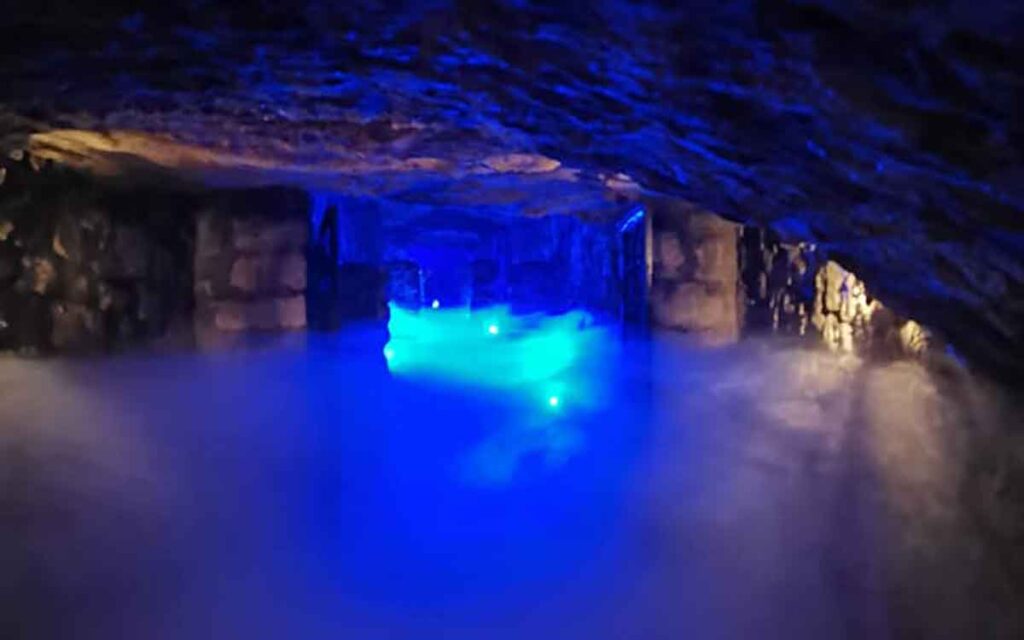
Of more direct interest is the Labyrinth, a series of tunnels under Buda Castle which has a section dedicated to both the novel and to Vlad Tepes’ temporary incarceration there (he spent the vast majority of his imprisonment in Hungary at Corvin Castle).
A spectacularly creepy venue, it is highly recommended for any Dracula fan.
Also recommended is the bust of Bela Lugosi, the Hungarian actor who populised the role in stage and screen in the 1920s and ’30s – located on the walls of Vajdahunyad Castle, just behind Heroes’ Square, it is an essential pilgrimage for anyone interested in horror history.
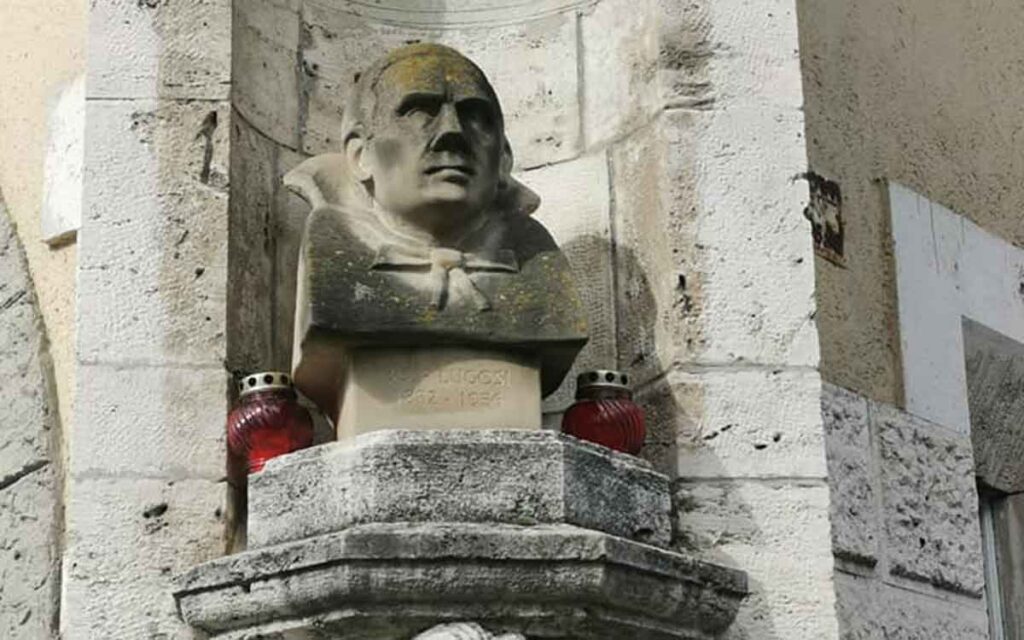
The next morning I set off from Keleti station in Budapest to catch the early train over the border into Romania.
Jonathan Harker remarks in the book that “The impression I had was that we were leaving the West and entering the East; the most western of splendid bridges over the Danube, which is here of noble width and depth, took us among the traditions of Turkish rule”, but the modern journey is rather more visually prosaic. The ornate and famous bridges over the Danube that Harker describes are on the other side of the station, and the Great Hungarian Plain that the journey drives through is a huge, flat expanse which is nonetheless extremely beautiful. The move over the border into Romania is still an equally thrilling and chilling experience for the modern traveller.
Clju-Napoca aka Klausenburgh
By the time I arrived in Cluj-Napoca (referred to by its German name Klausenburgh in the book) it was a pleasant, late afternoon.
Cluj is one of the most wonderful cities in the region, it’s station just a short walk from the city centre, and being full of an infectious vibrant energy – the sidewalk outside my hotel was being dug up even as pedestrians happily walked over it, and the air was heavy with perfume and with Europop blaring from speakers held by passing cyclists.
Jonathan Harker stayed at the Hotel Royale, which no longer exists (if it ever did), but I was able to stay at the Hotel Transylvania which remains as charming as it was on my first visit.
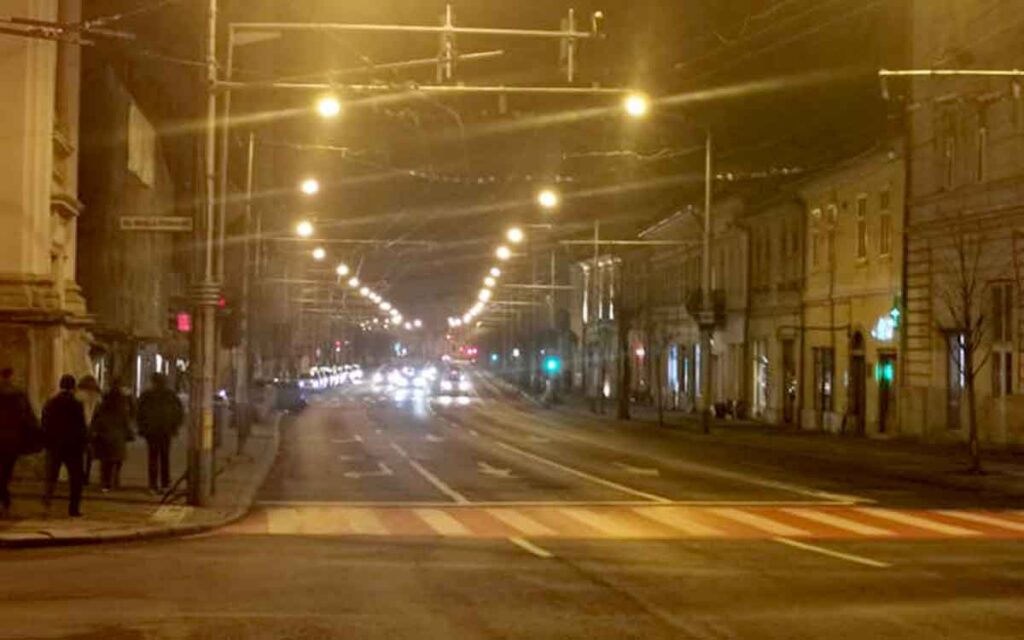
Most of Jonathan Harker’s observations were based on the food, and sure enough Cluj is a veritable culinary powerhouse. I was able to source good vegan food within a few yards of the hotel, and spent most of the night in a town square with a few good beers as well as a obligatory palinka as the sun set over the city.
I’d recommend Cluj for a longer stay rather than the single night that I’d planned, but if you’re passing through the most interesting Dracula-related sight is the magnificent statue of King Mathias Corvinus, in front of St Michael’s Church on Unirii Square – a staggeringly impressive monument to the former Hungarian monarch, who was an erstwhile ally and occasional enemy of Vlad Tepes in his wars against the Ottomans.
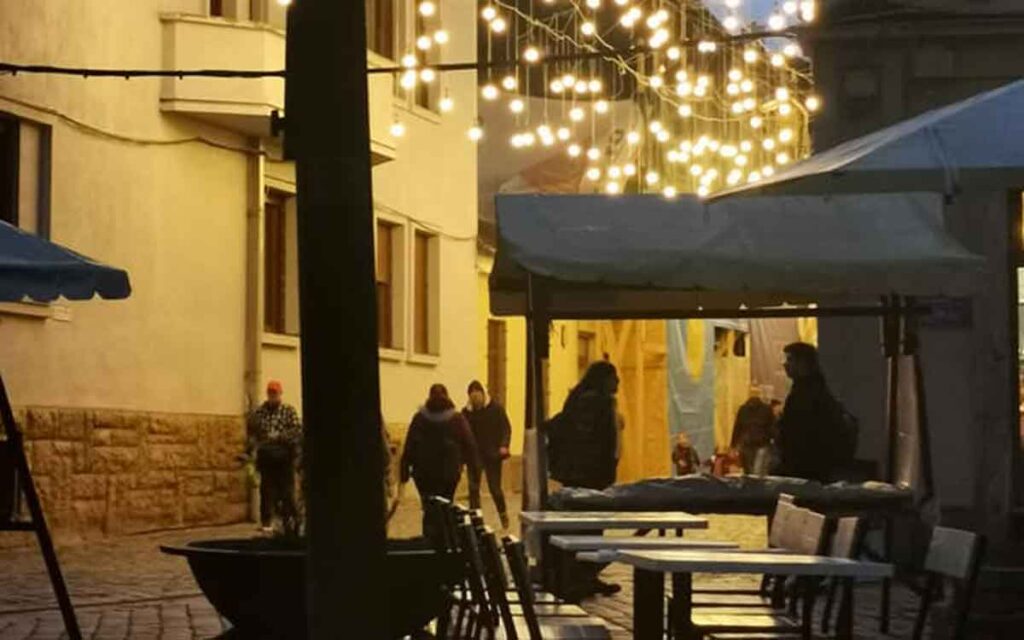
I diverged from Jonathan Harker’s path for the next stage of the journey – he went north to Bistritz, whereas I was travelling further south to Sighisoara (the birthplace of Vlad Tepes himself) – but in one aspect the journey mirrored Harker’s precisely.
Just as he bemoaned “It seems to me that the further east you go the more unpunctual are the trains…”, my onward journey was delayed by the sudden non-appearance of the train from Cluj – but as this involved more time for a few pre-train drinks, and for a train journey set against the approaching dusk of the Transylvanian night, that worked out for the better.
Sighisoara
I arrived in Sighisoara just before sunset, and after climbing the hillside steps to the citadel I was delighted to find myself in the deserted square, where the marvellous Hotel Sighisoara could be found.
With rows of medieval architecture bathed in street lighting,
Sighisoara is somewhat akin to walking into the set of Murnau’s ‘Nosferatu’ and is a must for anyone who wishes to get closer to the ambience of the novel.
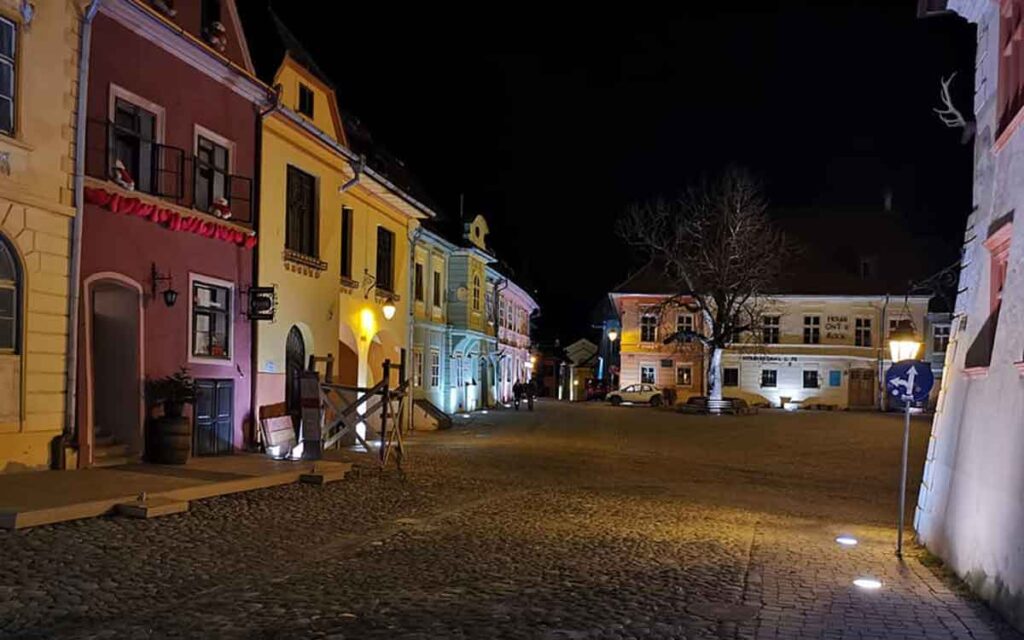
The main attraction for any Drac fans however has to be the Casa Vlad Dracul, a restaurant set in the very building where Vlad Tepes was born.
Virtually deserted on my visit, it is renowned for public appearances by the man himself on busier nights and is an essential stop for a unique gothic dining experience.
As for me, I was able to have a full meal and a few glasses of local red with no other company than the portrait of Dracula starting at me through the candlelit air from the walls.
Brasov
Brasov was the next stop on my travels, and after another cancelled train from Sighisoara I eventually arrived in the misty and dark surroundings of the city in the late afternoon.
Set in a valley surrounded by the Carpathian Forest, Brasov is a former Saxon settlement with a set of medieval fortifications that are a must-see if you’re in the city (particularly the Weaver’s Bastion, and the Turnul Alb observation deck), but it is also a great base for a tour to the surrounding historical sites – particularly Rasnov, and Bran castles.
Rasnov castle, although now closed to the public, is a magnificent medieval fortification that many will recognise from vampire filmography over the past 30 years (including ‘Subspecies’ and ‘Dark Prince’) with a very distinctive façade, and which boasts a sublime panoramic view from the viewing station.
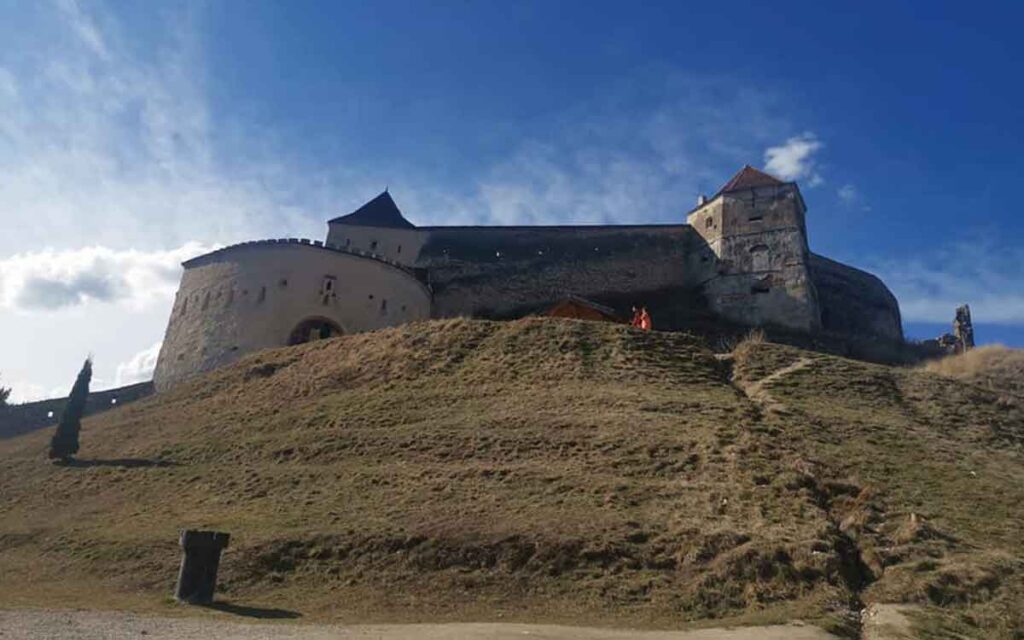
But the key site for any vampiric tourist is Bran Castle, the long-term officially-designated ‘Castle Dracula’ by the Romanian authorities – out of expediency more than anything else, as Tepes did not spend more than a cursory about of time at Bran and was instead based at rather less upholstered Poenari Castle.
Dramatically perched on the top of a hill, it has been extensively redecorated in the medieval style and features extensive materials on both the Vlad Tepes myth and the Stoker characterisation.
At the foot of the castle is a veritable megamart of Dracula merchandise, all of variable quality – ‘trinkets of deceit’, perhaps, but good clean fun nonetheless.
But, having failed to locate Dracula in his castle my journey ended where he lives – his ‘house’. The House of Dracula Hotel (in Poaina Brasov), a short distance outside Brasov itself, is a mock-gothic castle in a style similar to other vampire-tourist-traps in the region, such as the Hotel Castle Dracula (in Piatra Fântânele). And although it may not have the class of the Count’s own abode, it is admittedly much safer than the real thing.
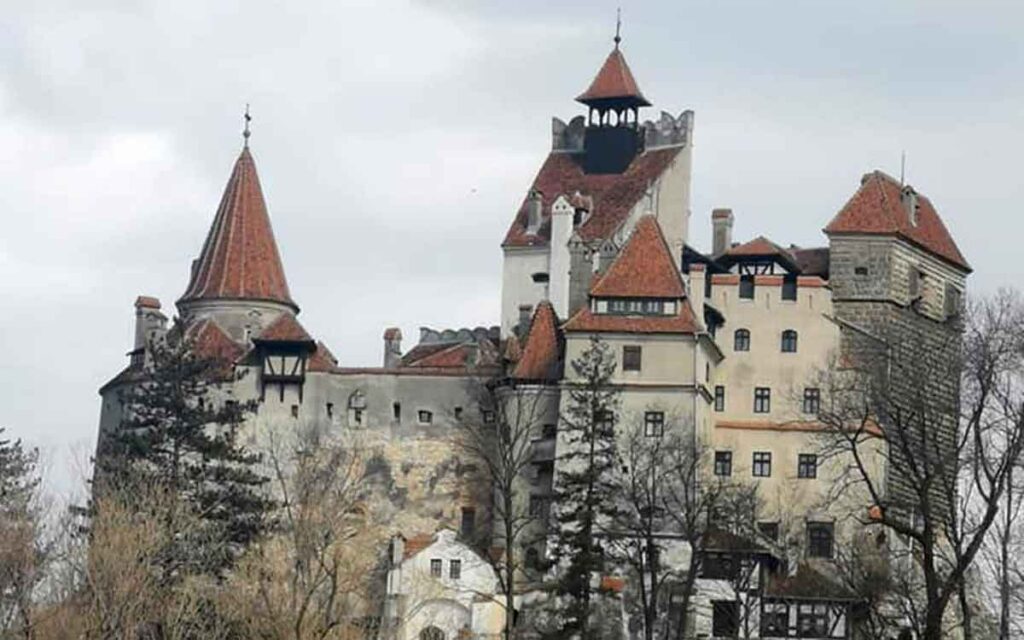
Halfway through my stay the staff left the hotel, and an eerie silence fell over the mock-turrets of the castle; you could not only hear the children of the night howling at the moon outside, but shortly before midnight the doorbell rang and the hotel echoed to the steps of the hotel porter descending the stairs to greet the mysterious visitor.
Like Harker, left alone in the deserted castle, I slumbered restlessly – but, thankfully, with little incident.
So, there are many different routes the intrepid gothic traveller can take when attempting to establish contact with the Dracula narrative – I could just have easily have travelled to the Borgo Pass (where Castle Dracula was meant to be), or to Târgoviște (which was the seat of the Vlad Tepes government).
But my route from Budapest to Cluj, then Sighisoara to Brasov, is extremely achievable and highly recommended for any fans of the novel or of medieval history,
Sadly, there were no Brides at the end of my journey – but you can’t have everything!

